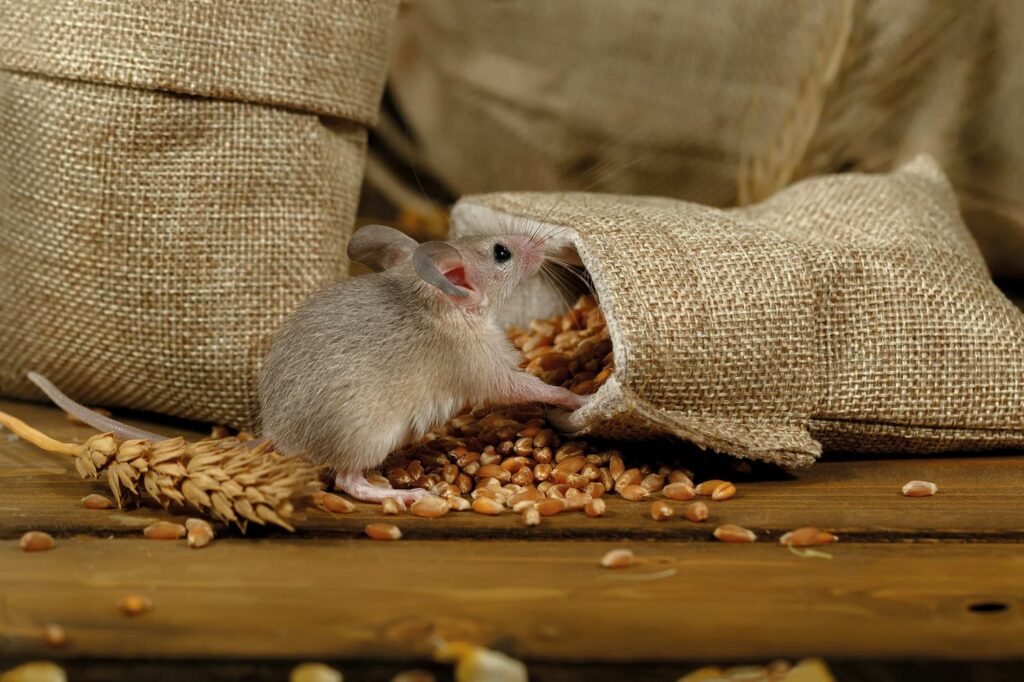Rodent control on your farm
30th September 2022
With winter just around the corner, now is the time to ensure your premises are prepared for the pest problems that lie ahead. 1env Solutions offers some tips.

Post-harvest and when temperatures are dropping, rodents move indoors in search of food, warmth and shelter. Controlling rodents is vital to prevent disease transmission, food loss and contamination and structural damage, and is essential to meet farm assurance standards.
Diseases: Rodents can transmit diseases to humans such as leptospirosis, murine typhus and hantavirus; and spread Salmonella bacteria, viruses and parasitic worms. Rodents could also help spread avian influenza and other diseases by going in and out of poultry houses.
Food loss and contamination: A rat will eat approximately 10% of its body weight in feed each day, equating to roughly 10kg of feed per rat per year. Based on one pair of rats producing up to 200 offspring per year, this can result in big losses. They can spoil large amounts of food by contaminating it with droppings, hairs and urine or through persistent gnawing.
Prevention: Rodents may be discouraged and infestations prevented by improving hygiene and proofing buildings:
- Proof all holes and possible points of entry and make sure there are no openings greater than 6mm around doors and windows
- Fit baffle guards on downpipes and mesh screens on grills and air vents
- Ensure feed stores are secure, well maintained, and free of spilled foodstuffs; seal the bottom of wooden doors with a metal strip
- Remove vegetation from the outside of buildings and maintain an uncluttered, vegetation-free, perimeter of at least 1m around buildings; trim any branches overhanging buildings
- Remove debris that rodents can use for nesting, such as pipes, wood piles, old equipment, old pallets and broken machinery, and piles of old feed sacks/bags
- Repair leaking pipes; rats must drink every day, so minimise the availability of water sources (e.g. stagnant pools, ponds, ditches etc.) near buildings.
Non-toxic control measures: On sites where an Environmental Risk Assessment has highlighted a risk to protected or non-target species, or a risk of secondary poisoning, it may be appropriate to use a non-toxic control method such as traps. 1env Solutions has an extensive range of traps and stations within which they can be placed.
Baiting: Place bait in tamper-resistant bait stations, available from 1env Solutions, to provide protection against the weather and help to prevent non-target species eating the bait. Place stations beside well-defined runs, in and around burrows, holes and other sheltered places. Rats are neophobic (fear of new objects) and may avoid new objects in their environment for three or more days.
Rodents require several feeds over several days to build up a lethal dose of the poison. Therefore, it is essential to regularly check and top up bait points, especially during the first two weeks. It may take 4–10 days for a rodent to die after eating the bait so it may be two weeks before improvements are seen.

